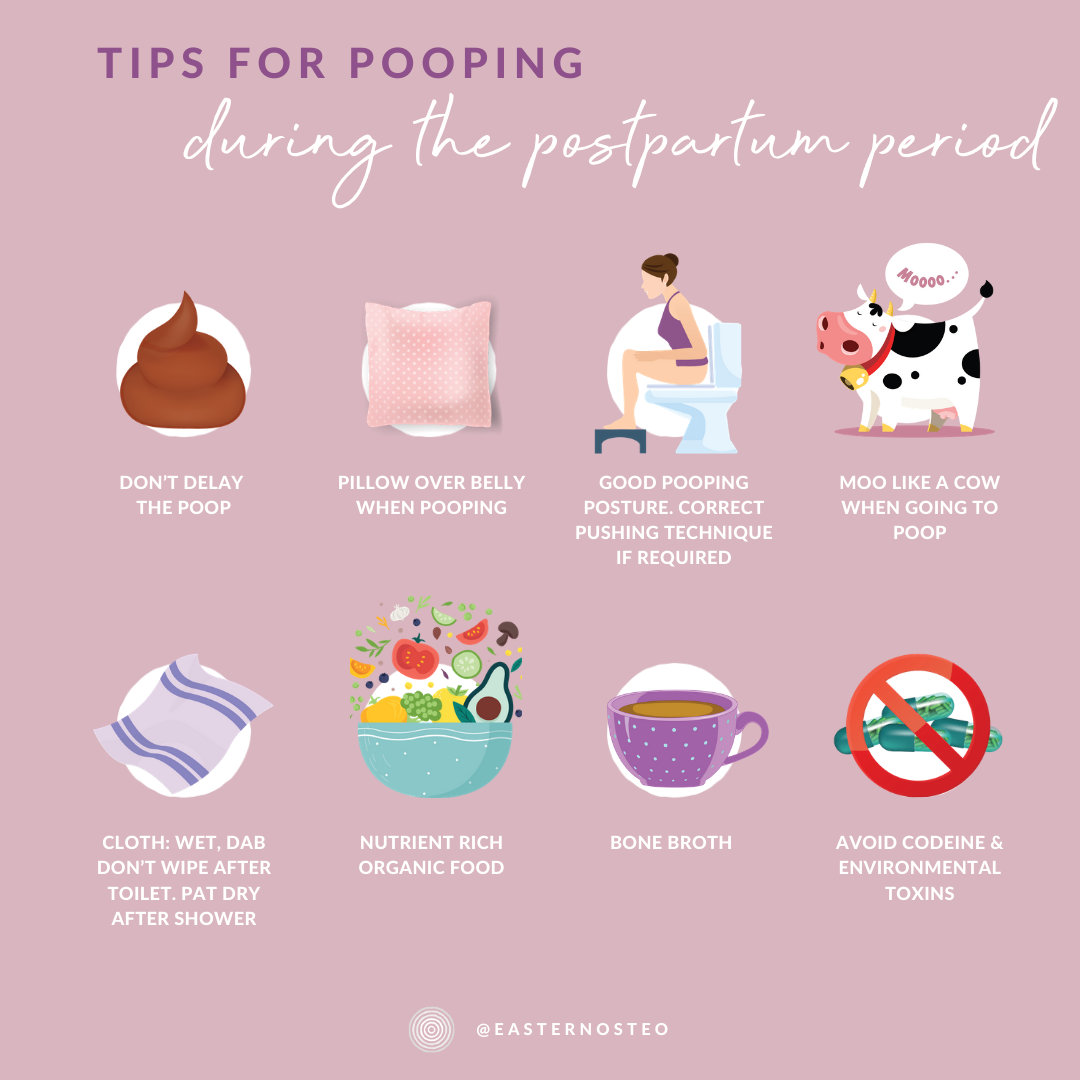Birth History
Taking a detailed birth history is an integral first step when seeing patients for their six-week postpartum check. It is important to gain an understanding of the pregnancy and birth experience; be it vaginal, planned or unplanned cesarean. Knowing if labour was induced or came on spontaneously, the length of each stage of labour, whether there was any tearing or an episiotomy, how these scars are healing, pain relief that may have been used during labour and if any is still required, what forms of intervention may have been needed and if the patient felt they experienced any trauma, their general recovery and if they have the appropriate support inside and outside of the home. This information is essential to ascertain the individuals physical, emotional and social well-being, allowing you to treat the whole person.
General History Taking
Along with the patients' birth history it is important to be aware of the patients general health status. Some individuals have experienced other hospitalisations, surgeries, medical conditions, musculoskeletal complaints, previous pregnancies and births or take ongoing medication. Knowing and understanding this information allows us to gage how much load their body is currently under, if there are any red flags that contraindicate safely proceeding with treatment and how to appropriately treat and manage their complaint.
Assessment
Assessment begins as soon as we take our patient into the treatment room. A lot of information can be gathered by observing them walk into the room and the position they assume once seated.Once the birth history and medical history has been taken the "official" assessment begins. Starting with the patient standing, we observe their posture, breathing and functional movement. The patient then lies on the bed and we assess their abdominal muscles for any diastasis recti, if applicable we will feel for any tension that may be present around the cesarian scar. We also perform functional tests in this position before going on to assess the pelvic floor. The all important pelvic floor assessment! This involves observing the healing of any tears and episiotomy scars, checking for any signs of prolapse, assessing how the pelvic floor muscles respond to commands such as contracting and coughing, assessing the strength of the pelvic floor muscles and checking if any tension is present.
Treatment
Treatment objectives are based on the patients' history, examination findings and treatment goals. Treatment can incorporate both internal pelvic floor techniques and external treatment techniques integrating all findings to treat the patient as a whole.When treating the pelvic floor we focus on decreasing the load applied to the pelvic floor muscles and any strain patterns that may be present and impacting function. Techniques include internal and external myofascial release to the pelvic floor, other muscles in the body, any scars that are present and joint restrictions.
Exercise Prescription
Exercise prescription is a helpful tool to support patients in reaching their postpartum goals. This often begins with ensuring the patient is able to connect their breath with their pelvic floor. Many people are unaware that our pelvic floor actually rises and falls with concentric and eccentric contractions, as does the diaphragm, on exhalation and inhalation respectively. Occasionally, this movement is not synchronised or may not be present at all so it imperative that this is established first. From here we start including exercises aimed at easing tension or building strength of the pelvic floor in a functional manor and in combination with movement based exercise for the whole body.
Lifestyle Advice
Lifestyle advice is another tool that we use in conjunction with treatment and functional exercise to support patient's working towards their goals. We incorporate lifestyle advice as part of the 6-week postpartum check and future appointments. This may include tips for lifting and carrying their newborn (and other children), pushing the pram, pain management as well as tips around creating healthy bowel habits and strategies to aid in managing other symptoms that may be present like urinary urgency or light bladder leakage. We find that this thorough and holistic approach is most beneficial in achieving positive patient outcomes and helping patients feel supported and empowered during their postpartum journey.
@bump.to.babe.osteo













